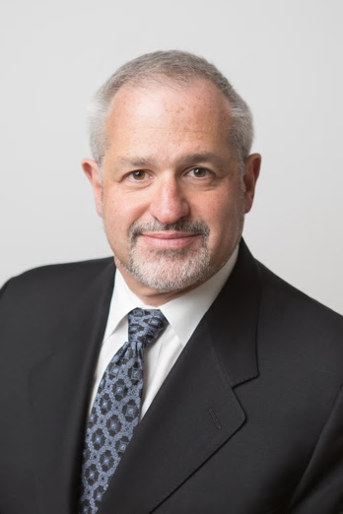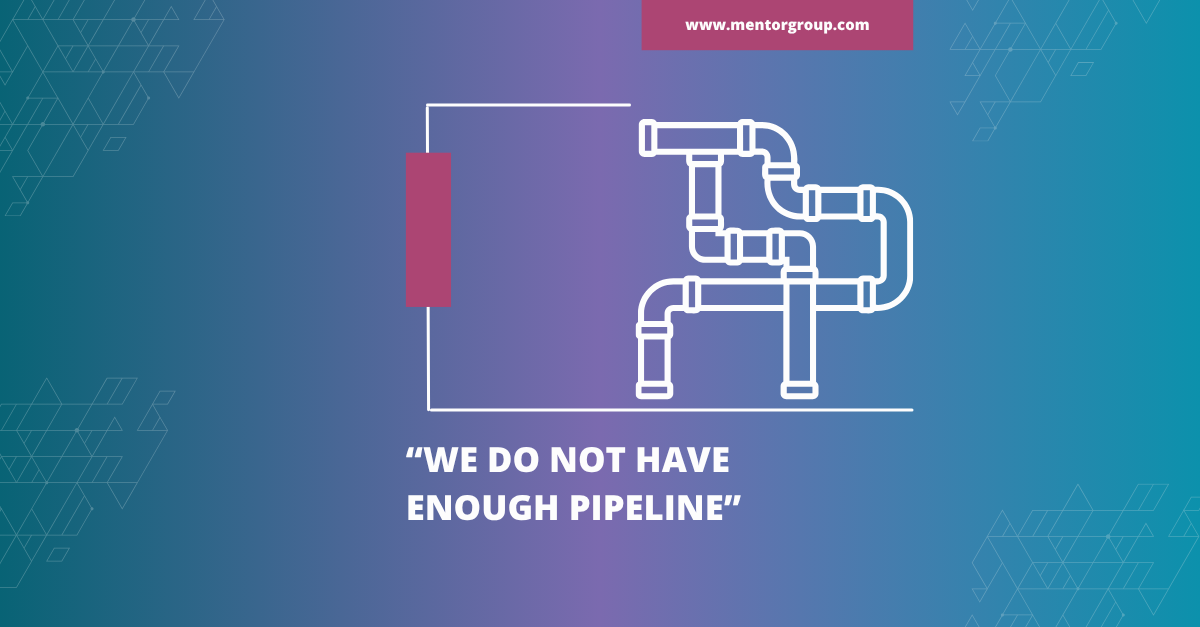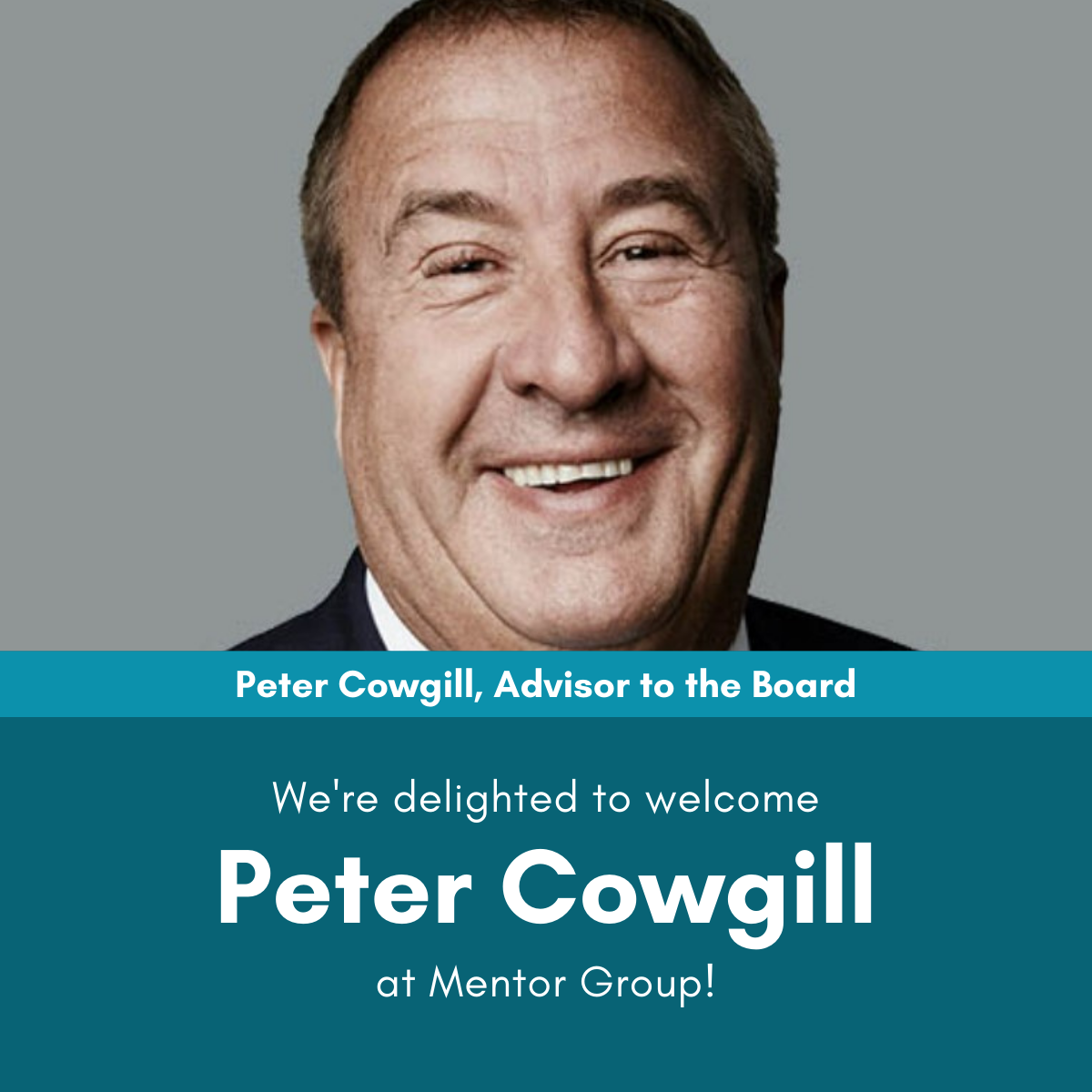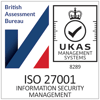I’ve never seen a client say that they have enough pipeline. When you dig into the details, we usually find several issues:
- There is not enough volume (in terms of revenue and/or number of deals).
- We do not have a clear understanding of the quality of the deals we have.
- We may not even know what “enough pipeline” is!
Not having enough pipeline leads to:
- Consistent shortfalls in revenue targets
- Over-reliance on a small number of prospects
- Pressure on sales teams to “close anything”
- Inability to forecast growth accurately
- Reactive, rather than proactive, business development
At Mentor Group, we measure the quality of a pipeline based on three metrics; Clean, Healthy, and Sufficient. Let’s look at each in a little more detail:
- Clean: Opportunities that are real, qualified, and aligned with the organization’s ideal customer profile.
- Healthy: A balanced mix of opportunities across stages, with appropriate velocity and conversion rates.
- Sufficient: Enough volume and value to meet or exceed growth targets, factoring in conversion ratios and sales cycle times.
Establishing and maintaining a solid pipeline is straightforward as long as it is supported by strong discipline and consistency. Unfortunately, that’s often easier said than done.
In practice, when pipeline shortages are perceived, sales teams tend to overreact by adding poor-quality deals to the pipeline, inaccurately projecting when deals are likely to close and for what amount, and, frankly, using hope as a strategy. The first sales mentor I ever had, Rick Page, literally wrote the book on this last point.
At a high-level perspective, we can address the issues by understanding four simple principles:
- Everybody sells. Take advantage of all sources of pipeline from your marketing/business development teams, partner teams, and the sales teams themselves. Business development, in most companies, should focus on both inbound and outbound pipeline. Partners, especially channel partners, are a critical source of new business. Sales should focus separately on net new accounts vs. upselling/cross-selling into existing accounts where possible.
- Practice selling. For anyone who has played a sport, you know that practice drives expertise, consistency, and creativity; all key aspects of successful selling. We utilize an AI coaching practice application to help salespeople refine their skills on a range of sales plays related to products, the sales cycle, and opportunity types. This results in better-understood deals, often at higher values, and ensures that we’re never practicing in front of a customer.
- Always be qualifying. Ensure there is rigorous discipline for evaluating deals and that it is consistently executed. Many of our clients use MEDDPICC or its variants, and there are several others that sales leaders like, including our own INFINITE sales methodology. To really benefit from these methodologies, it’s critical to:
- Use them on every deal.
- Use them across the sales cycle, not just for initial qualification.
- Implement a scoring methodology that correlates to sales stages and/or forecast categories. As a sales leader, my first questions are: “what’s the score” and “how do you justify that score” before addressing close date, deal size, sales stage, and next steps.
-
Set pipeline targets by team. A team selling a new product in a new geography, or targeting a new segment or industry, needs higher pipeline targets than a team in a more established territory. There are many ways to calculate recommended pipeline targets, such as calculating targets on past performance (conversion rates). It’s also important to consider timing; you want different targets for different quarters at various points in time within each quarter. We recommend dedicated bi-weekly coaching sessions for pipeline development, focusing on source, quality, and quantity to ensure that targets are being met.
When we have a clean, healthy, and sufficient pipeline, we put our teams in the best position to meet their goals. Well-qualified deals are the first step toward better forecasting - something we’ll look at in more detail in our next part of this series.
Want more information on how to build a clean, healthy, sufficient pipeline? Contact us today.








